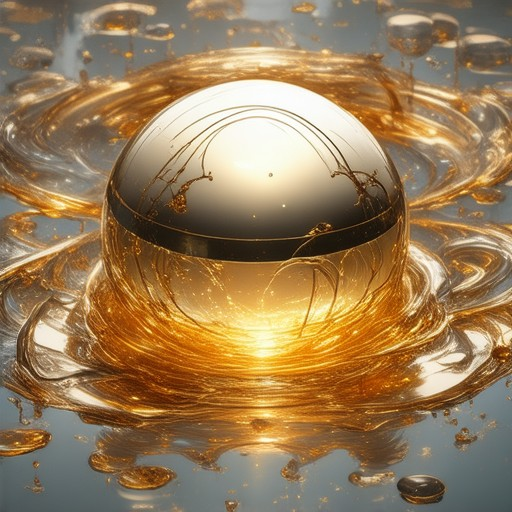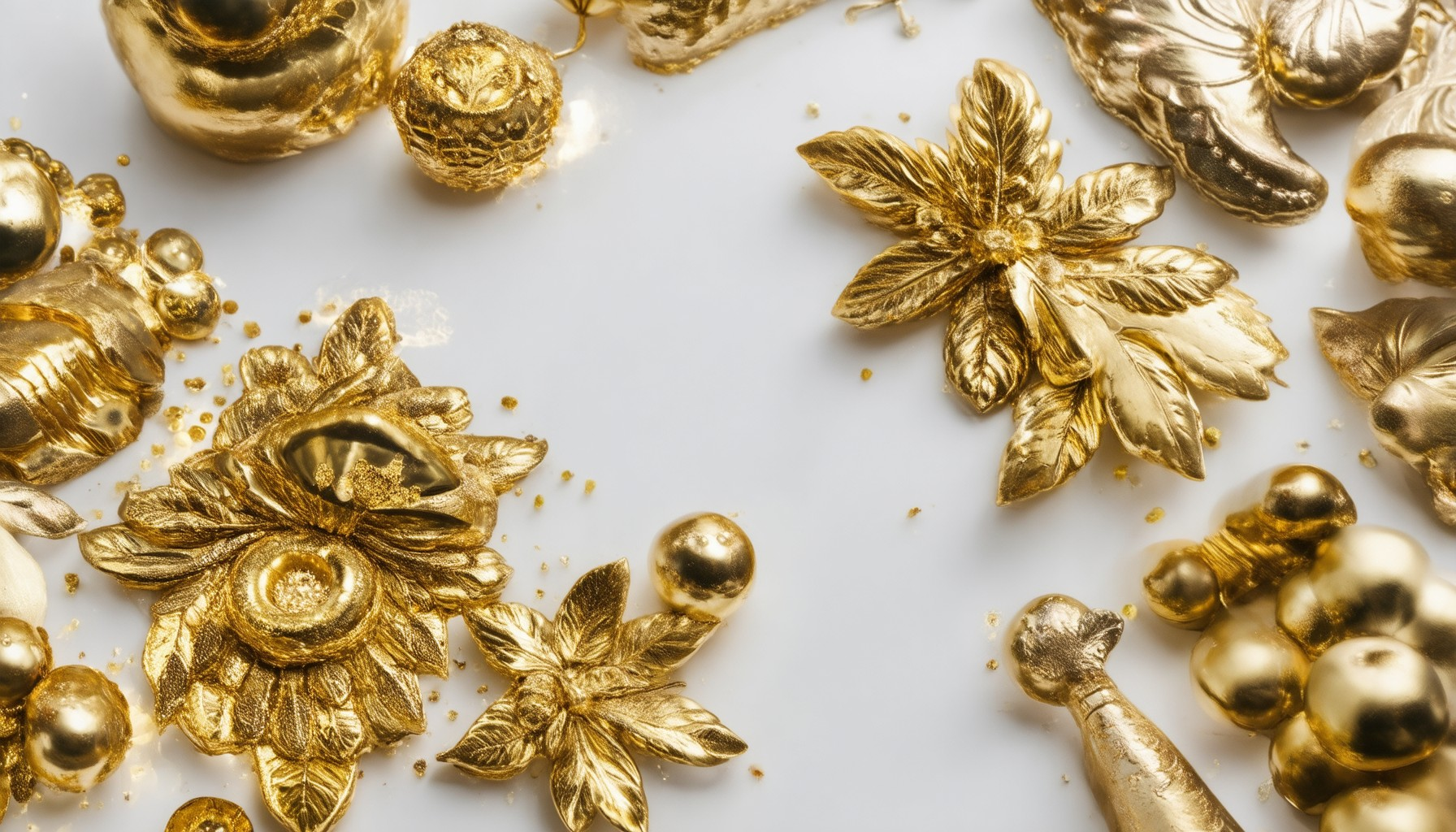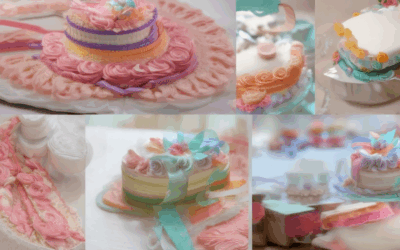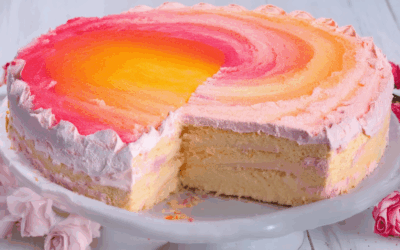Edible gold decorations have become a fascinating trend in culinary arts and event planning, offering a luxurious and visually striking way to elevate any creation. Whether adorning cakes, cupcakes, or other treats, the allure of gold lies in its shimmering beauty and unique properties. But beyond aesthetics, many wonder about the practicality of using edible gold—its safety, durability, and even its nutritional effects. This guide delves into the world of edible gold, exploring its uses, safety considerations, and where to find the best decorations near you. From understanding whether edible gold is safe to consume to discovering creative ways to incorporate it into your projects, this comprehensive overview will provide all the information you need to make informed decisions about edible gold.
Key Takeaways
– Safety First: Edible gold is generally safe for consumption in small quantities, designed for culinary use and adhering to food safety standards.
– Culinary Delights: Enhance your dishes with edible gold for a luxurious aesthetic appeal, perfect for special occasions and gourmet creations.
– Body-Friendly: Edible gold passes through the digestive system without causing harm, making it a safe and inert additive.
– Longevity Tips: Extend the life of edible gold by storing it in a cool, dry place in an airtight container to maintain its durability.
– Buying Guide: Explore top-rated options like those from Tort Decor for high-quality edible gold decorations near you.

Is Edible Gold Made of Real Gold?
Edible gold is indeed composed of real gold, though it is not pure gold. According to regulations, edible gold must contain a minimum of 90% gold, equivalent to 21.6 carats. This ensures the product is safe for consumption. The remaining percentage is typically made up of other metals like nickel or copper to create a stable alloy, which prevents the gold from being too soft or reactive.
The purity requirements for edible gold are stricter than those for jewelry, where lower caratages are common. This higher standard helps ensure that the product is safe to ingest. However, it’s important to check the specific composition of any edible gold product you use, as some may contain additional metals that could cause allergic reactions.
Brands like Gold Chef often use 23ct gold, which exceeds the regulatory minimum, further enhancing safety. While edible gold is not 100% pure gold, its formulation adheres to health and safety standards, making it suitable for culinary use.
Does Walmart Sell Edible Gold Leaf?
Yes, Walmart sells edible gold leaf. These products are often available in small packs, typically containing around 25 sheets per package. The gold leaf is usually made in Germany, and the packaging may include details about its weight and origin.
For customers interested in purchasing edible gold leaf, it can be found in the baking or party supply sections of Walmart. The product is designed for various culinary uses, such as decorating cakes or adding a luxurious touch to dishes.

What Does Ingesting Gold Do for Your Body?
Ingesting gold, often seen in culinary uses like edible gold leaf, primarily serves aesthetic purposes rather than offering nutritional or health benefits. Here’s a breakdown:
- Safety First:** Gold is non-reactive, meaning it doesn’t interact with bodily chemicals, making it safe to consume.
- Nutritional Value:** There are no essential nutrients in gold, so it doesn’t contribute to your diet’s nutritional needs.
- Health Benefits:** No studies support health claims for gold consumption. It may simply be a decorative or luxurious addition to food.
- Metabolic Process:** As a non-reactive metal, gold likely passes through the digestive system without absorption, avoiding potential toxicity risks.
While gold ingestion is safe, it’s not recommended as a health supplement due to its lack of nutritional value and unknown long-term effects. Its primary role remains symbolic rather than functional.

Is Edible Gold Safe to Eat?
Edible gold, while not commonly consumed in traditional diets, has become an intriguing addition to modern culinary experiences. The question arises: is edible gold safe to eat?
Is Edible Gold Safe?
Edible gold, typically made from gold leaf or powder, is generally considered safe in small quantities when used appropriately. It is often approved for consumption by food safety standards, though it’s not commonly found in standard diets due to its cost and limited use.
How is Edible Gold Used Culinary?
Chefs and food enthusiasts often incorporate edible gold into decorative dishes, such as cakes and gourmet foods. It adds a luxurious touch and visual appeal, often used for special occasions or high-end presentations.
Benefits and Considerations
- Safety: Edible gold is processed to be safe for consumption, though it’s not recommended to consume large amounts regularly due to its potential environmental impact and cost.
- Aesthetic Appeal: Its primary use is for decoration rather than as a dietary supplement.
- Nutritional Value: Pure gold contains no nutritional value, so it’s more about the experience than any health benefits.
Conclusion
Eating edible gold in moderation is safe and can be an exciting way to enhance your dining experience. However, it’s best reserved for special occasions rather than regular consumption. For those interested in experimenting, consider visiting Tort Decor for inspiration on how to use edible gold in creative culinary creations.
Does Your Body Digest Edible Gold?
Edible gold, while primarily used in culinary and decorative contexts, is designed to be consumed safely. Here’s a breakdown of how it interacts with your body:
What is Edible Gold?
Edible gold is a type of gold leaf specifically formulated for consumption. Unlike raw gold, which is highly toxic, edible gold undergoes a process called electrolytic deposition to make it safe for human ingestion. This process ensures that the gold is chemically stable and non-reactive in the body.
How Does It Affect Digestion?
When ingested, edible gold passes through the digestive system without reacting with stomach acids or other bodily fluids. Due to its small particle size and chemical stability, it simply moves through the gastrointestinal tract and is excreted naturally. This means it does not contribute to nutrient absorption or pose health risks.
Culinary Uses
Edible gold is widely used in culinary applications, particularly in high-end cuisine and baking. It adds visual appeal to dishes and enhances flavor profiles without altering nutritional value. In baking, it’s often incorporated into chocolates, candies, and decorated desserts, making it a popular ingredient among chefs and home bakers.
Practical Considerations
While edible gold is safe for consumption, it’s important to note that it should be used in moderation. Excessive consumption may result in a buildup of foreign substances in the body, although this is unlikely due to its low solubility and inert nature.
In summary, edible gold is designed to pass through the digestive system without causing harm or providing nutritional benefits. Its primary role is aesthetic and culinary, making it a unique and fascinating addition to various dishes.

How Long Does Edible Gold Last?
Edible gold leaf, a popular decorative element in culinary arts, typically lacks a specific use-by date due to its nature as a decorative item rather than a consumable food product. However, its durability and shelf life can vary depending on storage conditions and usage.
Shelf Life and Storage Tips
- Durability : Edible gold leaf is made from real gold, which is malleable and can bend or lose shape under pressure or heat. Proper handling is essential to maintain its form.
- Moisture Sensitivity : Excessive exposure to moisture can cause the gold to tarnish or corrode, reducing its lifespan.
- Storage : Store edible gold leaf in a cool, dry place, ideally in an airtight container to prevent exposure to environmental factors.
Comparisons and Competitors
While edible gold is unique, similar products like edible silver leaf may offer comparable durability and aesthetics. Consider exploring options from competitors like Tort Decor , which provides detailed care guides and decorative solutions.
Conclusion
Edible gold leaf’s longevity depends on careful handling and storage. For optimal results, refer to professional resources like those available on Tort Decor for specific care recommendations. Always check the product’s condition before use to ensure its integrity remains intact.





0 Comments